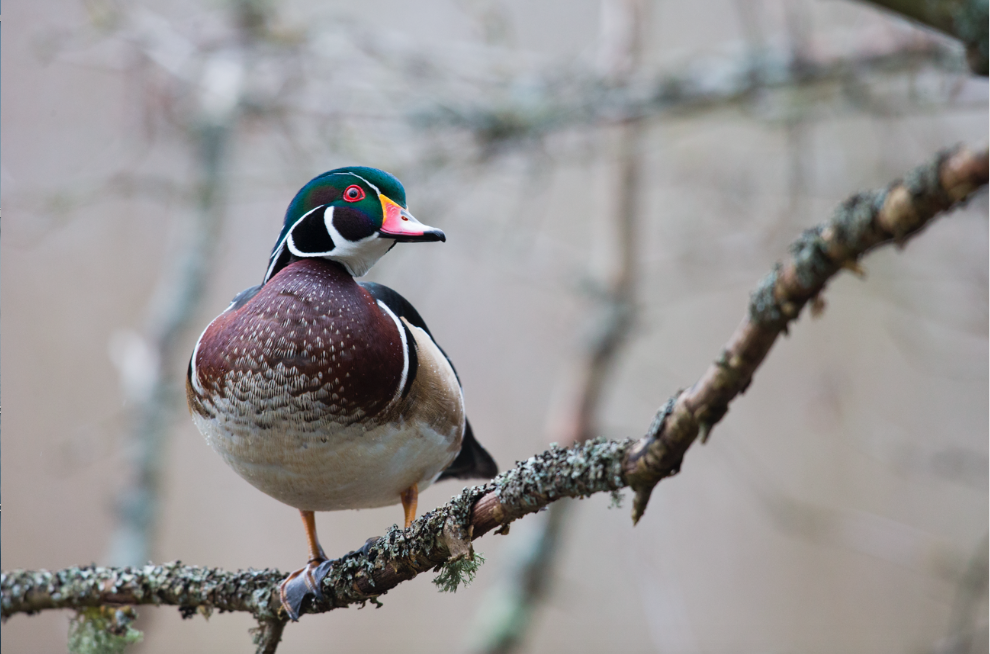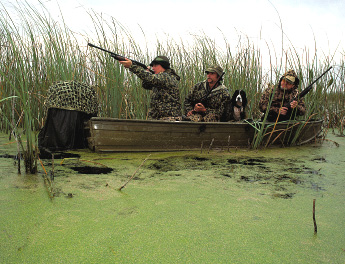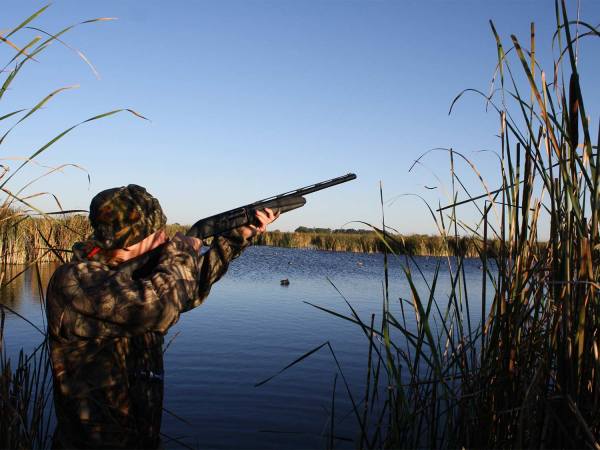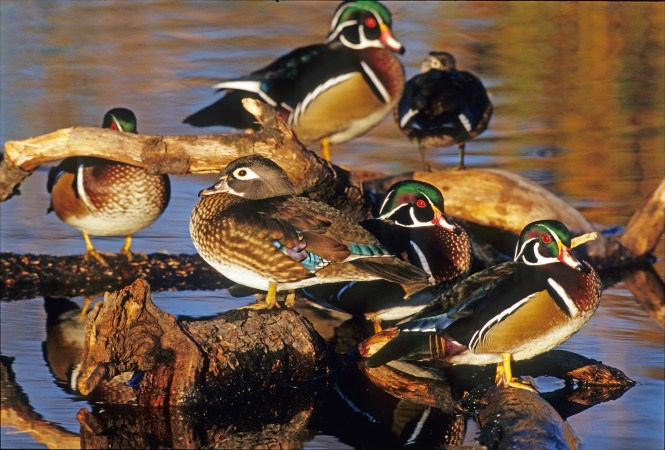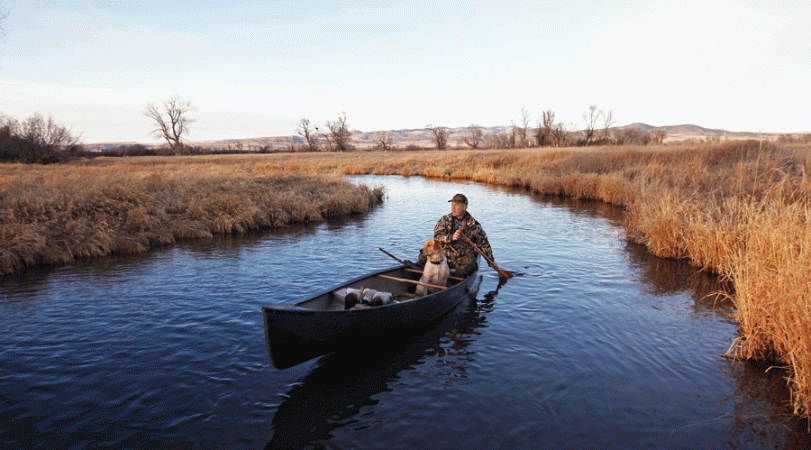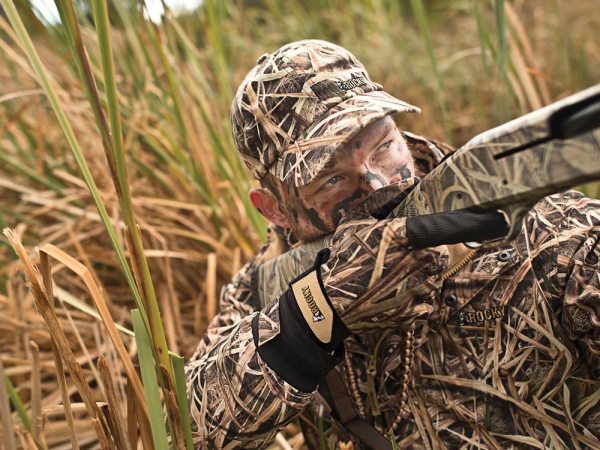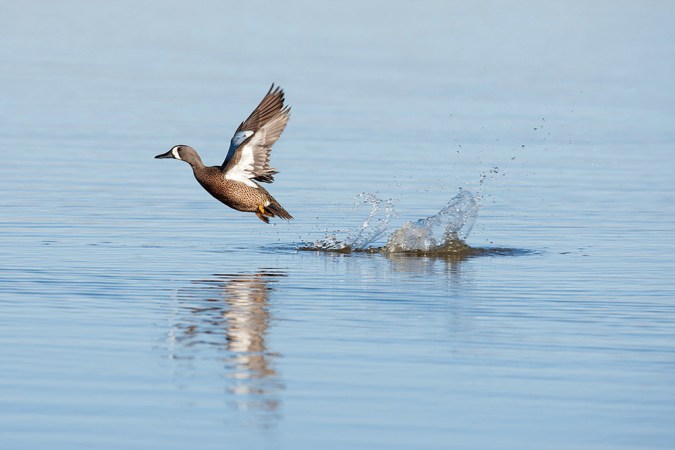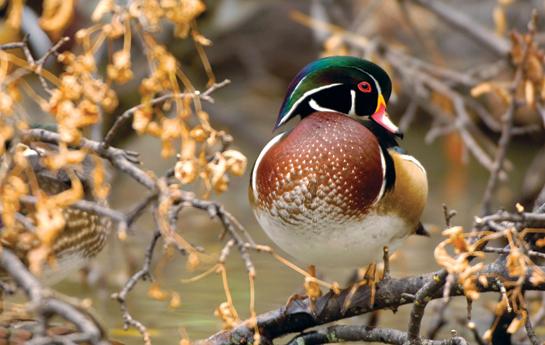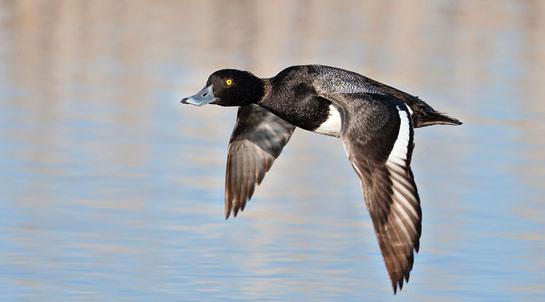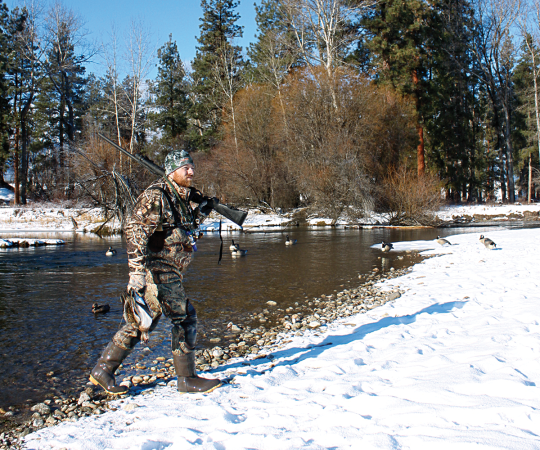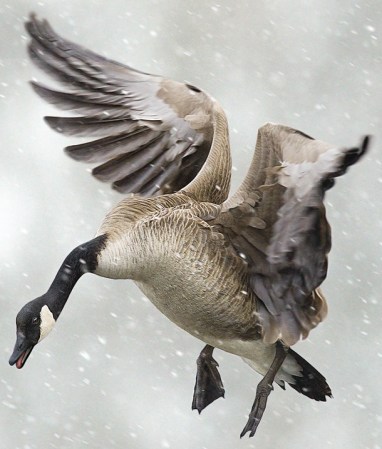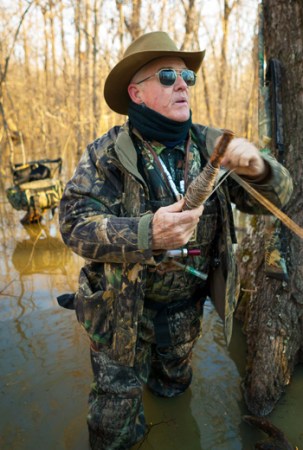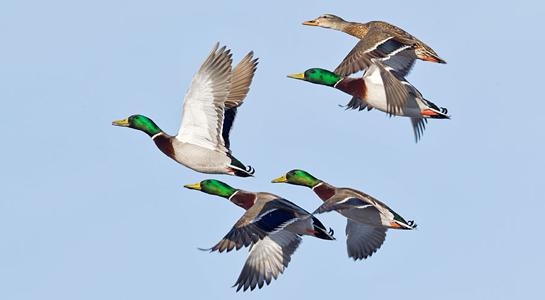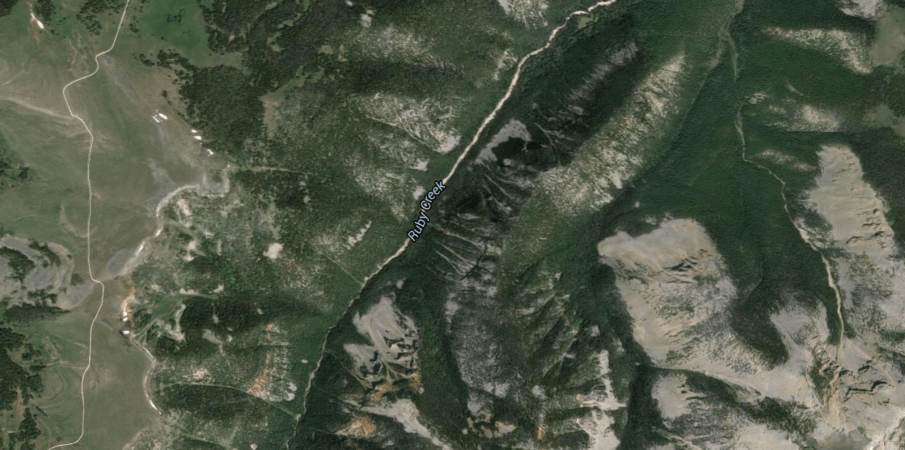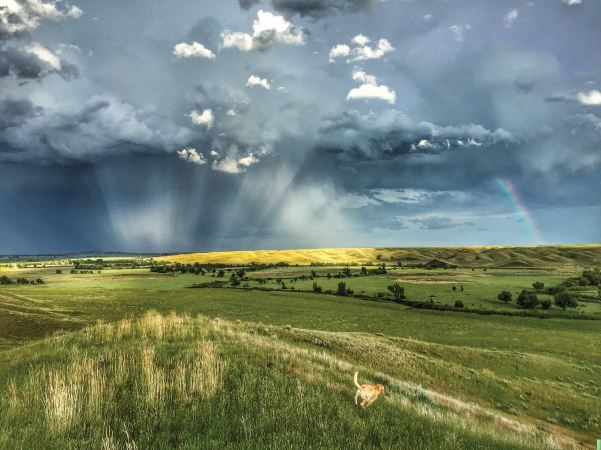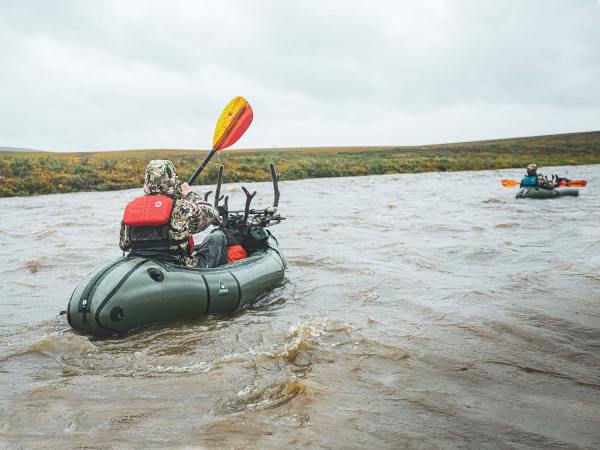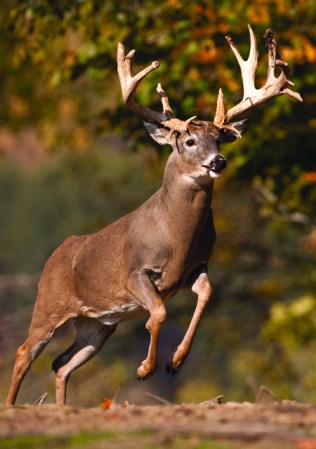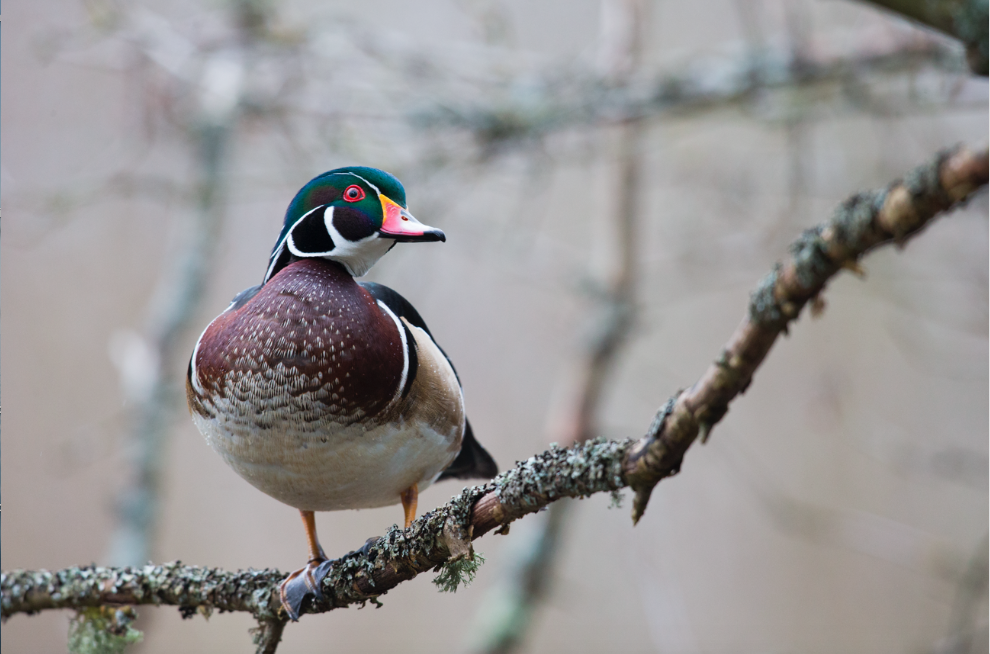
Among dabbling ducks, woodies are most unusual. They nest in tree cavities, they perch on branches, they squeal and whistle instead of quack and chuckle, and they love small water and thick cover.
That’s why creeks make perfect habitat for wood ducks. They feel safe, with ample places to hide in grassy or brushy vegetation, as well as stream bends, twists, and turns. And forage is often readily available, especially if there are a few oaks, nut trees, fruiting shrubs, or harvested grainfields around.
But creeks can be challenging to hunt. A classic setup, where the ducks see your decoy spread from afar and work circles to your pleading calls, is impossible in the tight quarters of a good squealer stream. Still, if you’re interested in bringing home a brace of splendidly plumed wood ducks, you have to go where the game is. Here are three ways to approach a creek hunt.
1) The Sneak
If your target creek meanders and wanders back and forth on itself a lot, you have a good venue for a sneak hunt, better known as a jump-shoot. But although a traditional jump-shoot is more of a one-flush-and-done scenario, a sneak is more of a strategic still-hunt along good duck cover.
The biggest challenge is anticipating bends and curves in the creek as you sneak along and surprise ducks in the downstream eddies and pools where they like to loaf.
Work your way upstream, paying attention to the back end of upcoming bends. Try to spot ducks before they spot you, then swing or loop into position and jump them. Wear hip boots to cross the creek as necessary.
Don’t be afraid to stalk the edge of a grass-rimmed or wooded creeks to flush wood ducks hiding under overhanging grasses or tucked away in the brush. While you’re hunting, watch for ducks gliding in elsewhere along the creek, and mark that spot for a good sneak.
Starting an hour after sunrise and employing this strategy, a mile of my favorite wood duck creek can take an entire morning to hunt.
2) The Float
Larger creeks and smaller streams are tailor-made for float-hunting. The ideal craft is a narrow 12-foot johnboat. Place a paddler in back to steer, and a shooter in front. Hug the inside of any bend as you come around it, to surprise ducks on the downstream eddy. Trade off steering and shooting duties.
A canoe is fine for conducting a float-hunt too, but it’s not quite as stable as a johnboat. A float tube is a great alternative for the lone float-hunter. Keep a low profile and kick or step yourself along with the current. Ride the stream edges and the insides of bends, and you’ll be surprised at how close you can get to wood ducks.
My favorite float stream is a swift one with a few gentle rapids to navigate and an occasional wood duck in the slow stretches and pools. On a golden October day, the scenery and experience alone are worth the 4-mile trip.
3) The Wait
If you know a particular spot where the wood ducks like to be, put a small setup together and wait out the day’s first or last hour. An ideal location is a pool, a wide spot, or a long, calm stretch of water.
Creek wood ducks don’t care much about wind direction—they’ll just bomb right in. Worry more about getting a good hide than which direction the breeze is from. Put out a half dozen or so wood duck decoys. Place a couple of blocks very near cover, and a few out in the open. Leave room for real ducks to land. Hit your wood duck whistle often.
My favorite such spot was in a northern Wisconsin cow pasture. A lazy but deep creek meandered through, and a few old oak trees lined the water. We’d throw out a couple of blocks and hide in the tall grass of a bend right behind my friend’s grandmother’s barn, and we hardly ever failed to bring in a brace of squealers. It was little slice of wood duck hunting heaven.
